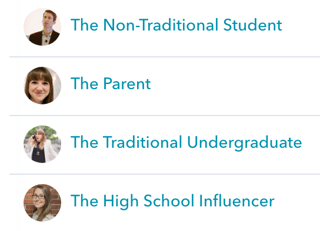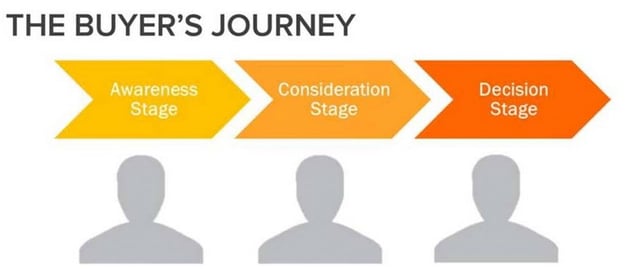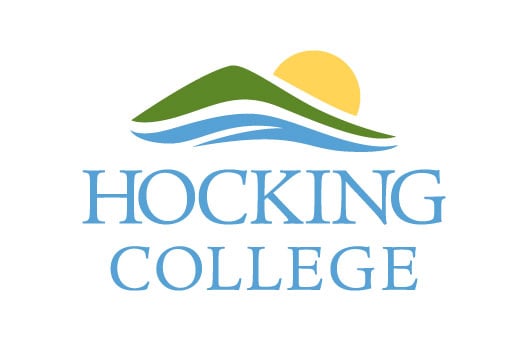Your school blog is a powerful recruitment tool. It's an easy way for potential students to find out more about your higher education institute - to attract more students to your blog. When done right, someone can find out just as much from a blog as they could from a recruiter or attending a campus tour.
Recruiting with your blog is not as easy as writing a few posts and putting them on your website. Useful and successful content creation takes time and preparation so take these tips into consideration to attract more applicants with ease.
Focus on Personas When Creating Blog Content
Creating a persona helps you understand your customer. However, higher education personas differ than a normal buyer persona.
 Your personas will differ depending on the type of student you are trying to attract. Are you trying to attract traditional undergraduate students, fresh outta high school? Or college graduates that are looking to complete a masters program? You could be looking for a non-traditional student that is seeking an online program. A persona might even be a parent or an influencer, such as a high school guidance counselor. Your personas are specific to your institution and who you are trying to attract.
Your personas will differ depending on the type of student you are trying to attract. Are you trying to attract traditional undergraduate students, fresh outta high school? Or college graduates that are looking to complete a masters program? You could be looking for a non-traditional student that is seeking an online program. A persona might even be a parent or an influencer, such as a high school guidance counselor. Your personas are specific to your institution and who you are trying to attract.
So why is it important to focus on these personas when you are creating content for your school blog? Each persona is trying to solve a different problem. When you create content that is specific to each persona, you help them solve their problems. When you help a persona answer a question, you increase your chances of receiving an application from them and getting one step closer to being a student at your institution.
Map Each Piece of Content to a Stage in the Buyer’s Journey
The Buyer’s Journey is made up of three stages: Awareness, Consideration, and Decision. Leading a student through the Buyer’s Journey is a way to nurture, them from beginning to end.

The Awareness stage is where people are looking for answers, education, opinions, or insight. A piece of content that would fall into this stage would give top-level education or insight into a possible solution. Content in this stage is very broad but should be helpful and interesting to the reader.
The Consideration stage is the evaluation stage when people are doing heavy research and evaluating which schools are a good fit for their needs. When a persona moves into this stage and is looking at you as an option, you have captured their attention. Content at this stage is more narrow than the Awareness stage and should educate the reader about your school at large.
The Decision stage is the purchase (or apply) stage. This is when the student is going to apply but won't commit to a particular school yet. After they have made it to this stage, they just need a final nudge to let them know why you are the right choice for their continued education. Content in this stage would be specific to certain academic programs that make you stand out from the rest.
Develop conversion points that are specific to each campaign and each stage which can reduce the length of time between the first visit and the point at which they submit their application.
Keyword Research and SEO Best Practices
Creating the content just isn’t enough. You have to research what keywords you have a good chance of ranking for, which will help your content and website rank higher in search results.
What do you want to rank for? Think of generic topics or terms that are featured across multiple blogs. What positive things is your school known for? Use those as your “topic buckets.”
Develop a results-focused content strategy for your school's blog
Schedule a Workshop
Now that you have your topic buckets, fill them with keyword phrases that are specific to each bucket. Come up with a brain dump that you think potential students would be searching for. Then search for terms that are related to the ones you fill your buckets with. This will help broaden what you could potentially rank for.
Check for head terms and long-tail keywords within each bucket. Long-tail keywords typically contain three or more words while head terms are shorter and more generic. Having a mix of both will give you a well-balanced keyword strategy.
Head Term: College Marketing Programs
Long-Tail Keyword: College Marketing Programs in Ohio
Head terms are searched more frequently and harder to rank for but long-tail keywords will put you in front of someone searching for something specific to you. Long-tail keywords can give you quick wins but you should work on head terms over a long period of time.
So before you put that pen to paper (or fingers to keyboard), remind yourself about who you are writing for, what stage of the Buyer's Journey the piece will fit into, and what the keywords are. If you remember those things each time, you'll attract the right students to your institution.


